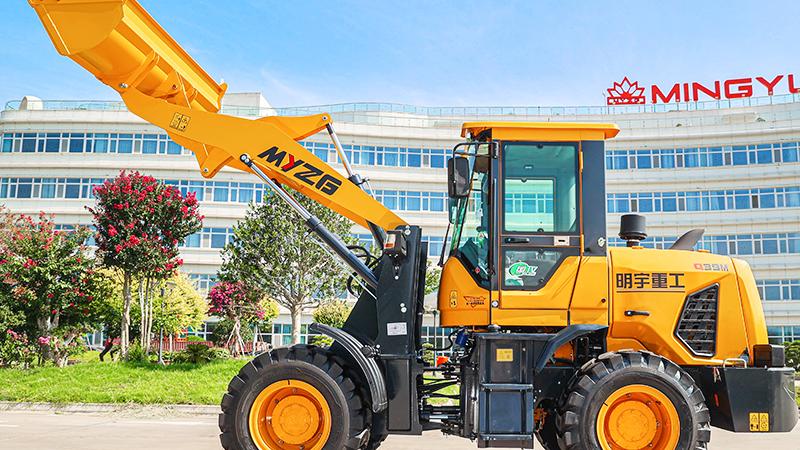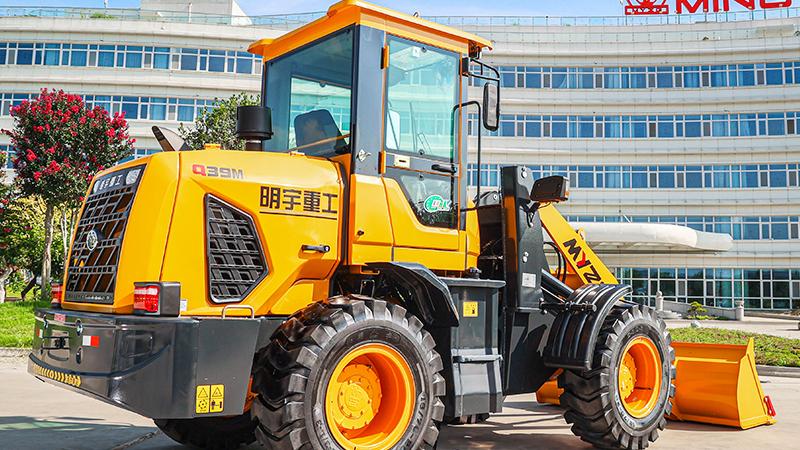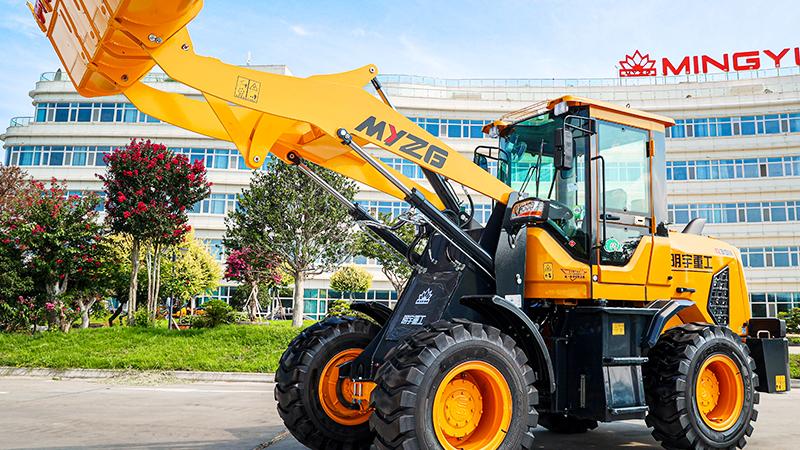The construction equipment industry has long debated the relative merits of John Deere and Case CE loaders, with maintenance costs representing a crucial factor in total ownership expenses. Both manufacturers have established strong reputations for producing reliable machinery, but their approaches to design, component selection, and service support create significant differences in long-term maintenance requirements and costs. This comprehensive analysis examines the maintenance cost structures of both brands across various loader models, considering factors including routine servicing, parts availability, repair complexity, and operational longevity.John Deere loaders have built their reputation on agricultural heritage and engineering excellence, incorporating designs that emphasize serviceability and durability. The company's maintenance philosophy focuses on preventive care and component longevity, with many systems designed for easy access and straightforward servicing. Case CE loaders, with their construction-specific engineering background, prioritize operational performance and ruggedness, sometimes resulting in different maintenance approaches and cost structures. Understanding these philosophical differences provides essential context for evaluating maintenance cost comparisons between the two brands.
Routine maintenance costs form the foundation of loader ownership expenses, and here both manufacturers demonstrate distinct characteristics. John Deere loaders typically feature centralized lubrication systems and easily accessible service points that reduce time required for daily and weekly maintenance. The company's maintenance intervals often extend longer than industry standards, with hydraulic filter changes recommended at 1,000-hour intervals and engine oil changes at 500-hour intervals on many models. Case CE loaders maintain more traditional maintenance schedules but incorporate advanced filtration systems that protect components from contamination. Their maintenance costs show consistency across models but may require more frequent attention to certain systems.Engine maintenance represents a significant portion of loader operating costs, and both manufacturers take different approaches. John Deere utilizes their own Powertrain engines in most models, designed specifically for construction applications and featuring common rail fuel systems and advanced emissions technology. These engines demonstrate excellent fuel efficiency but require specialized knowledge for certain repairs. Case CE employs FPT Industrial engines across their loader lineup, which are known for robustness and straightforward servicing. Parts availability for both engine types is generally excellent, though John Deere's proprietary systems may involve higher component costs in some regions.
Hydraulic system maintenance reveals important cost differences between the brands. John Deere loaders incorporate closed-center hydraulic systems that generally operate at higher pressures but lower flow rates, potentially reducing component wear. Their systems feature extensive filtration and monitoring capabilities that help prevent major failures. Case CE utilizes open-center hydraulic systems in many models, known for their simplicity and ease of repair. Maintenance costs for Case hydraulic systems tend to be lower for routine servicing but may involve more frequent component replacements in high-intensity applications.Undercarriage and structural maintenance costs show variation based on application and operating conditions. John Deere loaders feature box-section frames and reinforced articulation joints designed for minimal maintenance under normal conditions. Their undercarriage components typically offer excellent wear resistance but may involve higher replacement costs when service becomes necessary. Case CE loaders incorporate traditional channel-section frames with proven durability characteristics. Maintenance costs for structural components remain competitive, with good parts availability through the extensive Case CE dealer network.
Electrical system maintenance has become increasingly important in modern loaders, and both manufacturers approach this area differently. John Deere utilizes proprietary diagnostic systems and integrated electronic controls that provide excellent monitoring capabilities but may require dealer support for certain repairs. Case CE employs more standardized electrical components in many systems, potentially reducing repair costs through broader technician availability. Both brands offer advanced telematics systems that can reduce maintenance costs by enabling predictive maintenance and early problem detection.Component accessibility and serviceability significantly impact maintenance labor costs. John Deere engineers their loaders with service access as a priority, featuring tilt-up operator stations, slide-out components, and color-coded hydraulic lines that reduce diagnostic and repair time. Case CE designs focus on component durability and protection, sometimes resulting in more complex access procedures but potentially reducing failure frequency. Actual maintenance time requirements vary by specific model and repair type, but John Deere generally shows advantages in routine service accessibility.
Post time:Aug.20.2025



